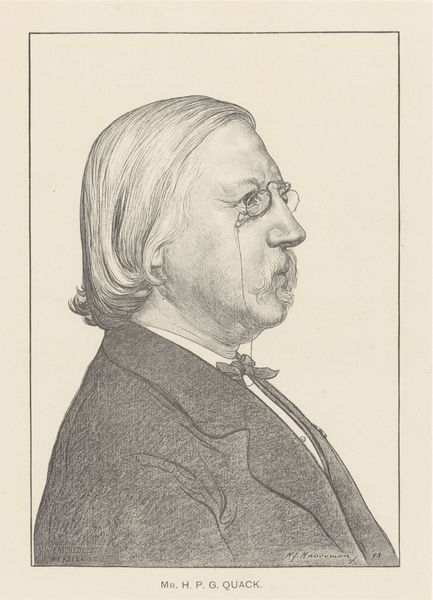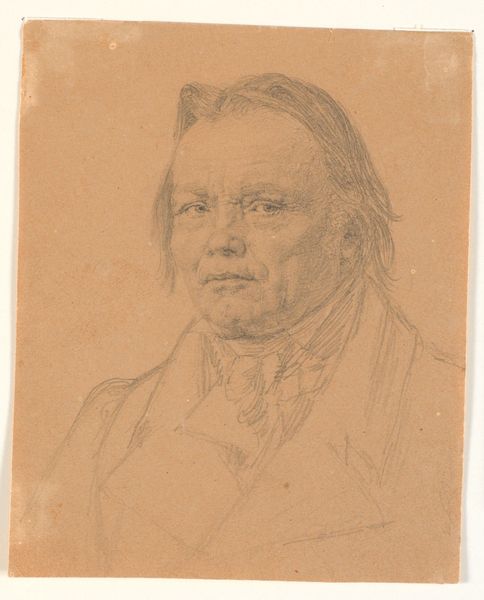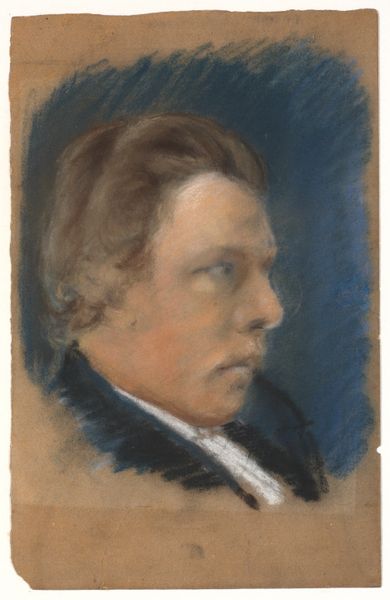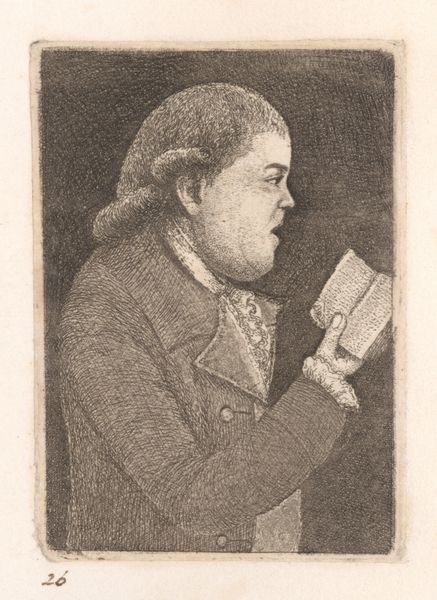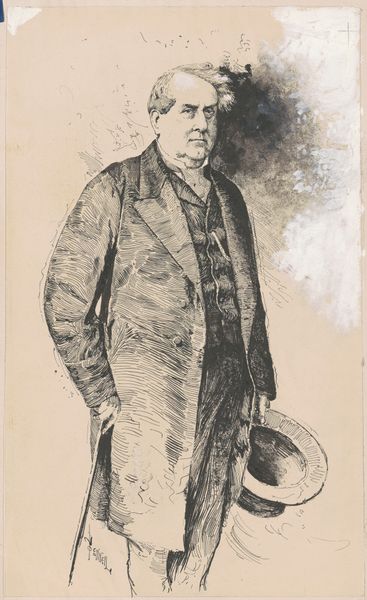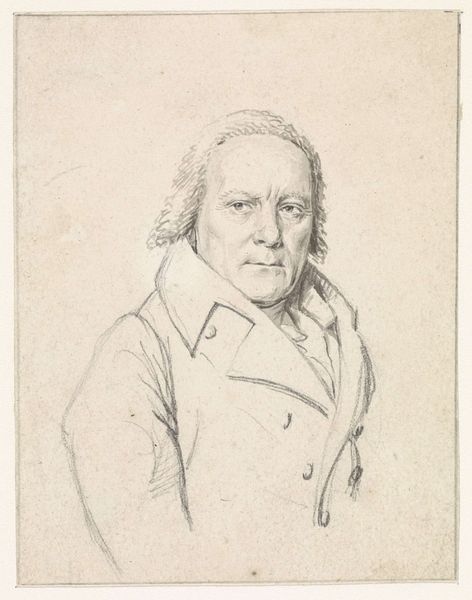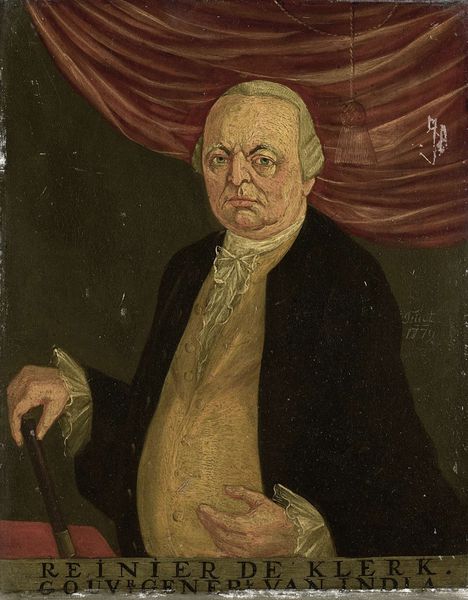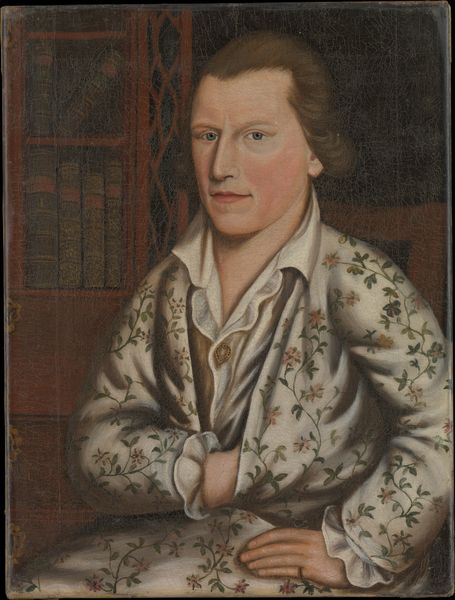
#
oil painting
#
portrait reference
#
portrait head and shoulder
#
animal portrait
#
united-states
#
animal drawing portrait
#
portrait drawing
#
facial portrait
#
portrait art
#
fine art portrait
#
digital portrait
Dimensions: 15 1/2 x 11 in. (39.37 x 27.94 cm) (image)19 5/8 x 15 in. (49.85 x 38.1 cm) (outer frame)
Copyright: Public Domain
Editor: Here we have "Portrait of Joseph Wiggins," painted in 1820 by Benjamin Greenleaf. It's an oil painting and… well, it’s very direct, isn’t it? The stark profile and somewhat severe expression give it a real sense of purpose. What do you see in this piece? Curator: More than purpose, perhaps duty. Think about the context of early 19th century America. Portraiture was often about establishing lineage, asserting social standing. It codified ideals. Given that this work emerged in a period of nation-building, consider the weight of representation, the very male gaze that dictated power dynamics at that time. How does that initial "directness" you observed shift under this lens? Editor: I suppose it makes me consider who Joseph Wiggins was. Was he part of the landed gentry? Did this portrait aim to convey something specific about his role in the community? Curator: Precisely. And more broadly, what types of individuals were historically deemed worthy of such portraits? Who controlled those narratives, both then and now? Can we read anything about class and gender within this portrait? His clothes versus bearing, do these speak to certain values in early America? How is masculinity represented here? Editor: That makes me think about the almost rigid composition too – the way his profile is presented seems almost like a…statement. So this wasn't just a picture, it was a kind of declaration. Curator: Exactly! And remember to think of portraits in relationship to how the "other" may have been presented – were enslaved people depicted with the same dignity? Were women granted the same social power in portraiture? How is history memorialized or even whitewashed through visual art? Editor: Wow. I definitely see the painting in a completely new way now. It’s not just a portrait, but an insight into power structures and how they were visually reinforced back then. Thanks! Curator: Absolutely. Considering these contexts helps us unlock even deeper dialogues. It is not just about this artwork in isolation but how it is connected to many important things in American culture.
Comments
No comments
Be the first to comment and join the conversation on the ultimate creative platform.
